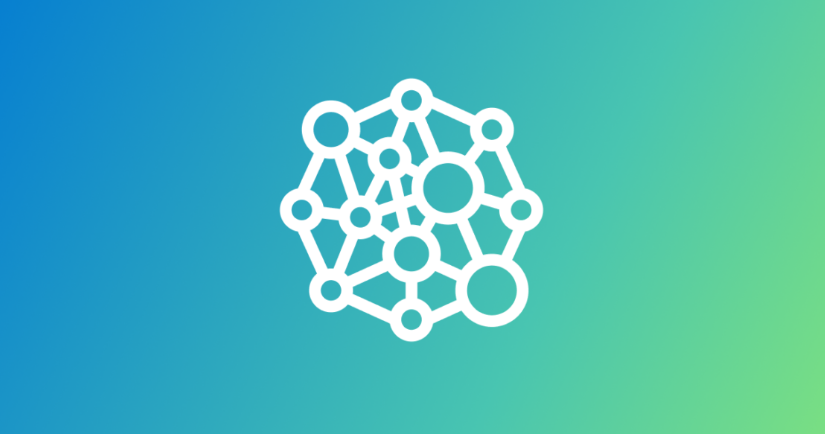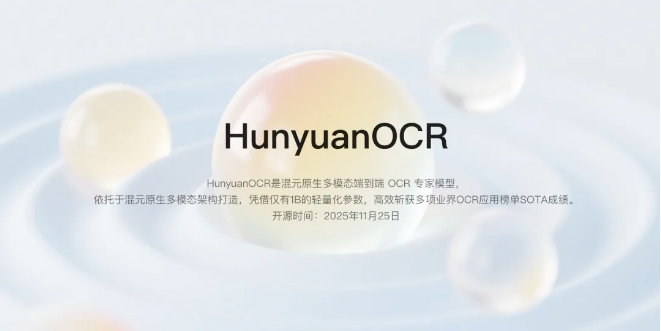Microsoft has opened sourced GraphRAG, an RAG (Retrieval Augmented Generation) based on graphs, on its official website. This system enhances the search, question answering, summarization, and reasoning capabilities of large models by constructing an entity knowledge graph, particularly skilled at handling large-scale datasets.

Project Entry: https://top.aibase.com/tool/graphrag
Traditional RAG systems overly rely on local text snippet retrieval when processing external data sources, failing to capture the overall picture of the dataset. In contrast, GraphRAG helps large models better capture complex relationships and interactions within text by building an entity knowledge graph, thus achieving global retrieval capabilities.
The core of GraphRAG includes two steps: building an entity knowledge graph and generating community summaries. Through community summaries, GraphRAG can extract relevant information from the entire dataset, generating more comprehensive and accurate answers. Moreover, GraphRAG has low token requirements, meaning it can help developers save a significant amount of cost.
Microsoft conducted a comprehensive test of GraphRAG on a dataset with over 1 million tokens and an extremely complex structure. The results showed that GraphRAG outperforms other methods like Naive RAG in terms of comprehensiveness and diversity, and it has also demonstrated exceptional performance in podcast transcriptions and news articles datasets, making it one of the best RAG methods currently available.
Key Points:
- 💡 GraphRAG enhances the search, question answering, summarization, and reasoning capabilities of large models by constructing an entity knowledge graph, especially adept at handling large-scale datasets.
- 💡 The core steps of GraphRAG involve building an entity knowledge graph and generating community summaries. By doing so, it extracts relevant information from the dataset to generate more comprehensive and accurate answers.
- 💡 GraphRAG has low token requirements, helping developers save costs. It performs exceptionally well in comprehensive tests and is one of the best RAG methods available today.









